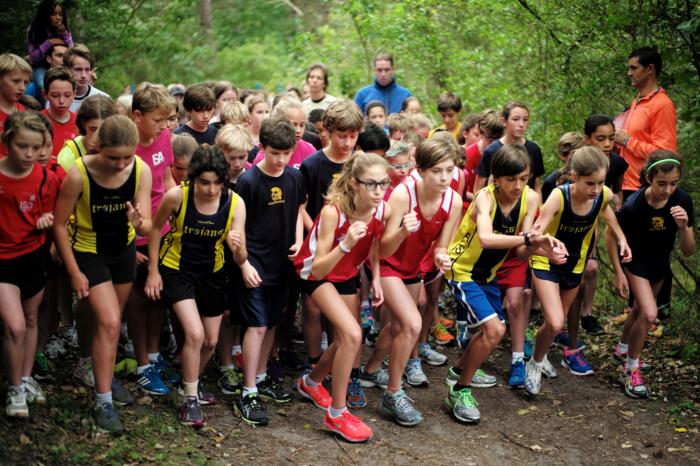School, physical education, physical activity and sport: strengths, weaknesses, perspectives

By Rose-Marie Repond, Martin Holzweg, European Physical Education Association (EUPEA)
Providing physical education both inside (as an integral part of the curriculum or as an extracurricular school sport) or outside of schools is crucial in helping young people to learn and develop life skills.
One strength of school is its accessibility for almost all young people. The school environment is favorable for learning, and there is now scientific evidence that physical activity not only keeps the body healthy, but affects the mind, brain structures, and influences higher cognitive processes like attention, learning, and memory[1].
Physical literacy is a complement to different key competencies and helps young people to be socially configured, nurtured, and embodied in practice[2]. UNESCO has also identified several components of a quality education which include physical education, sports, and opportunities to play consistent with the rights of the child to achieve optimum development[3]. Physical education alone is not fulfilling the physical activity requested by the WHO (60 minutes a day for children and young people), therefore a project like “Active School Community” (ASC) will help children by enhancing schools’ cooperation with other public and private sector organisations. Schools can play a critical role in reshaping social and physical environments by providing information, tools, and practical strategies to help students adopt healthy lifestyles[4]. We recognize the project’s limits to be sustainability, change over time, and a lack of evaluation of the impact on student behaviours.
“To keep the philosophy of ASC as a core component of schools”
As perspective, the project, under expert supervision, should show that school staff has the capacity to create their own solutions and make changes at the school level on the basis of self-assessment and facilitation by external cooperation. Creating a pool of teachers, directors, parents, and trainers with young people to keep the philosophy of ASC as a core component of schools would be a way to sustain such an initiative.
www.eupea.com
[1] Research from the Transfer Center for Neurosciences and Learning, Ulm, 2017. www.znl-ulm.de
[2] Lundvall, S. Physical literacy in the field of physical education – A challenge and a possibility, Journal of sport and Health Science, 2015; vol.4, issue 2:113-118
[3] UNESCO’s “International Charter of Physical Education, Physical Activity and Sport”, Declaration of Berlin (adopted by MINEPS V in 2013) and Kazan Action Plan (adopted by MINEPS VI in 2017). www.unesco.org
[4] Schäfer Elinder Nelleke Heinemans, L., and all., A participatory and capacity-building approach to healthy eating and physical activity – SCIP-school: a 2-year controlled trial, International Journal of Behavioral Nutrition and Physical Activity, 2012, 9:145.










 MEMBERSHIP
MEMBERSHIP CONTACT
CONTACT FACEBOOK
FACEBOOK